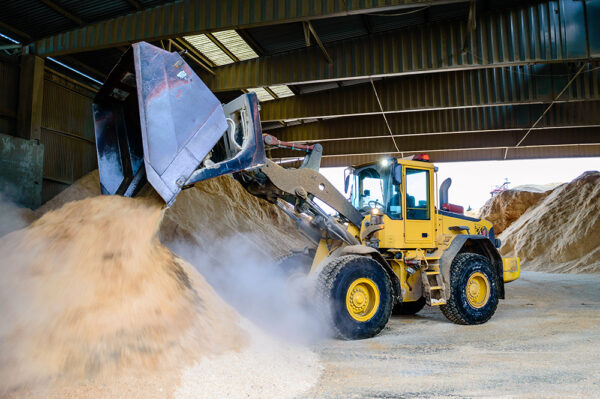
Biomass Energy
The International Panel on Climate Change says renewable energy is a better alternative to coal and other fossil fuels.
Why Wood Pellets?
Wood pellets have become a popular choice as a green and lower cost alternative to fossil fuels like coal. In countries with national policies to decrease GHG emissions, wood pellets have become an economical substitute for coal.
International markets like Japan, Korea and Europe have more expensive electricity than most North American markets. Wood pellets are used in biomass power generation plants to generate low carbon electricity. Our wood pellets are produced for use in converted coal plants, co-fired coal power plants and dedicated biomass plants.
In addition to eliminating GHG emissions, replacing coal with industrial wood pellets also substantially reduces contribution to smog development, air quality deterioration, and acid rain.
Where Does Our Fibre Supply Come From?
We use locally sourced wood from non-commercially viable trees, forest residuals and other biomass. We do not depend on wood waste from sawmills, but instead rely on long-term contracts for forest-based sustainable fibre.
How Are Our Wood Pellets Made?
Our pellets are made from low-value wood that would not be used for other products. As the wood moves through a pulverizing and heating process, naturally occurring lignans are released and act as a binder holding the pellet together. Our wood pellet process does not require any additional chemicals to bind the wood. The finished pellets are uniform in size and contain the same amount of measurable energy.
Supply Chain Optimization – From Forest to Sea
Our supply chain is built on sources of reliable fibre, locally manufactured into pellets and shipped from the nearest port to international customers. Our locations are strategically placed where there are large volumes of standing timber that are not being optimized for other wood products. We create positive relationships with local communities and choose sites with long-term availability of suitable fibre along with access to road, rail and port infrastructure.











